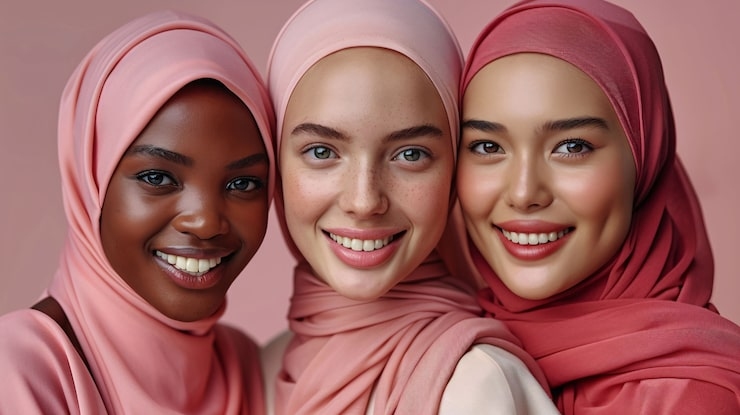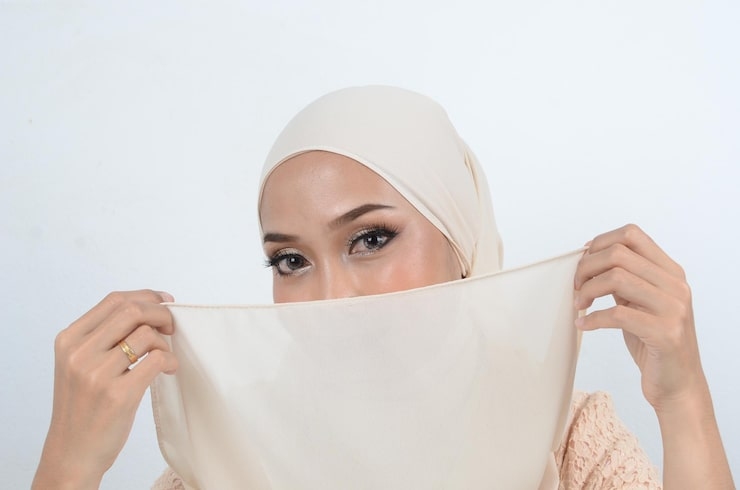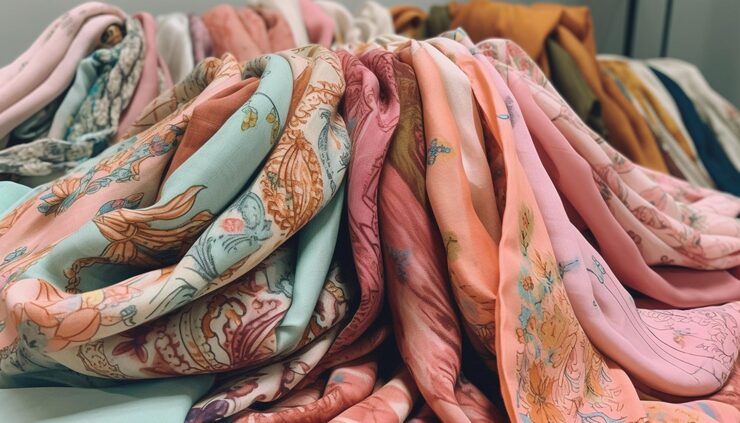When can women take off their headscarves? Taboos and exceptions in Islamic culture
Views :
Update time : 2024-10-21
The cultural and religious background of headscarves
In Islam, the headscarf (Hijab) is not only a kind of clothing, but also a religious obligation for women. In Islamic teachings, women should dress modestly in public, covering their bodies and hair to avoid unnecessary attention and improper behavior. This dress code not only reflects respect for women, but also expresses humility and self-discipline in faith. Therefore, wearing a headscarf is a manifestation of faith and obedience to Allah for Muslim women.
However, although the wearing of headscarves is an important part of Islamic faith, the Sharia also provides specific guidance and clear exceptions on when women can take off their headscarves. Understanding these exceptions will not only help eliminate some misunderstandings, but also help people respect and understand Islamic culture more.
Under what circumstances can women take off their headscarves?
1. Within the family
According to Islamic law, women are not required to wear headscarves within the family, especially when facing close relatives. Close relatives include fathers, brothers, sons, uncles and other men, who are the ones they do not need to cover. The reason is that these relationships between close relatives are considered safe and pure, and women do not have to worry about attracting improper attention.
At the same time, Muslim women can also take off their headscarves when facing other women. In this context, the interaction between women is regarded as a more private space, not involving the mixing of men and women, so there is no need to wear headscarves.
2. In independent private spaces
Islam's headscarf requirements mainly apply to public spaces, especially when in contact with adult men who are not close relatives. Therefore, when a woman is alone at home or in a closed private space where no outsiders enter, she can freely choose whether to wear a headscarf. The definition of this private space can be very broad, such as her bedroom or other places where there are no strange men.
3. In medical places
In medical places, women can take off their headscarves for medical needs. For example, when receiving treatment from a doctor, especially a male doctor, the patient can take off the headscarf for health and life needs. This situation is regarded as an emergency or special situation in Islamic doctrine, and religious obligations can be appropriately relaxed when ensuring health and medical needs. Therefore, taking off the headscarf for treatment is not considered a violation of doctrine.
4. In special workplaces
Although many Muslim women insist on wearing headscarves in the workplace, some specific workplaces may involve taking off headscarves. For example, in some strict safety inspections or high-tech factories, personnel may be required to take off headscarves to ensure safety or comply with regulations. In addition, some countries or companies have strict regulations on work dress, and Muslim women may face the choice of taking off headscarves in these situations.
For such situations, Islamic law allows temporary removal of headscarves for work needs in certain circumstances, but this still needs to be compromised on the basis of respecting personal beliefs and religious freedom. Labor laws, religious freedom clauses and company policies of various countries will have an impact on this.
Social and cultural impact
1. Regional and cultural differences
There are also differences in the regulations and cultural interpretations of headscarves in different regions. In some Muslim countries, such as Saudi Arabia and Iran, the wearing of headscarves is a strict legal requirement, and women must cover their hair in public. In other more open Muslim countries, such as Turkey and Indonesia, whether women wear headscarves depends more on personal choice.
These differences are not only at the legal level, but also have far-reaching cultural and social impacts. For example, in Turkey, despite the country's more secular legal system, the headscarf is still an important symbol of religious expression for many Muslim women. In Iran, the headscarf is seen as a symbol of the country's religious policy. Wearing a headscarf is a legal obligation for women, and violators may face penalties.
2. The relationship between individuals and religious beliefs
Although Islamic doctrine requires women to wear headscarves in public, in real life, different women interpret and practice this doctrine differently. Some women may wear headscarves under pressure from family or tradition, while others choose to wear headscarves voluntarily out of a deep identification with their faith. The choice to take off the headscarf may sometimes be a redefinition of self-belief or a pursuit of personal freedom.
For many women, taking off the headscarf may not only be an external behavior, but may also symbolize a breakthrough in social, cultural and family expectations. Therefore, the decision to take off the headscarf often carries a deep personal meaning and requires a balance between culture, religion and family.
The conflict and integration of the headscarf and the identity of modern women
In today's globalized context, the headscarf issue has gone beyond the scope of religion and has become a focus of social, cultural and even political discussions. Many Western countries have mixed attitudes towards Muslim women wearing headscarves, and even triggered debates about religious freedom and secularization. For example, France once passed a law prohibiting the wearing of obvious religious symbols in schools and government agencies, which directly affects the right of Muslim women to wear headscarves.
In today's globalized context, the headscarf issue has gone beyond the scope of religion and has become a focus of social, cultural and even political discussions. Many Western countries have mixed attitudes towards Muslim women wearing headscarves, and even triggered debates about religious freedom and secularization. For example, France once passed a law prohibiting the wearing of obvious religious symbols in schools and government agencies, which directly affects the right of Muslim women to wear headscarves.
However, for many Muslim women, headscarves are not only a symbol of religion, but also part of their identity. It not only represents their loyalty to their faith, but also highlights their independence as modern women. Therefore, in some cases, taking off the headscarf does not mean abandoning faith, but a deeper self-awareness and right to choose.
Conclusion
In general, when women can take off their headscarves in Islam is not a simple binary issue of "allowed" or "prohibited", but involves the multiple interweaving of religious doctrines, cultural norms, personal beliefs and social environment. By understanding these complex backgrounds, we can not only better respect the choices of Muslim women, but also explore the subtle relationship between faith and modern life in more depth.




